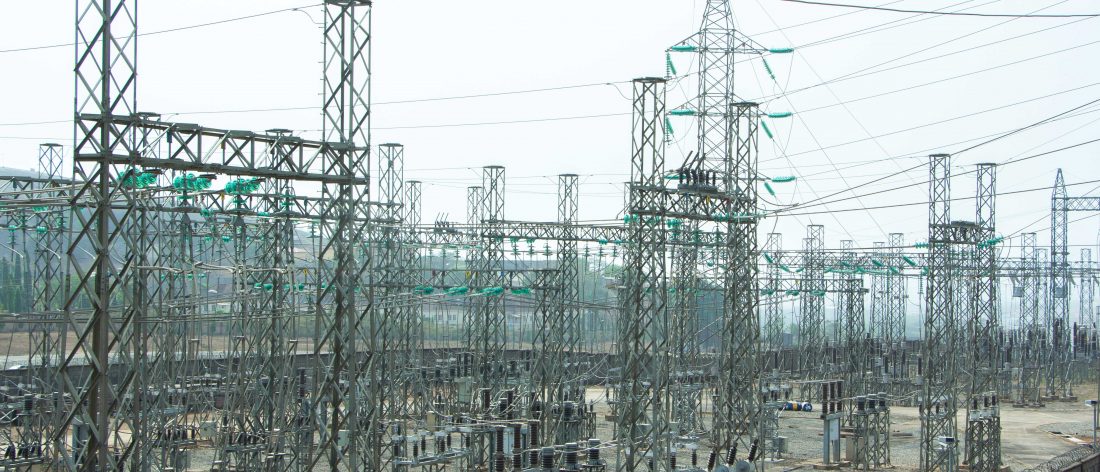Introduction
The Transmission Company of Nigeria (TCN) is the organisation responsible for transmitting high voltage power through the national grid from the generation companies to the distribution companies across the country. In 2005, the Federal Government of Nigeria (FGN) launched the reform of the power sector in Nigeria and unbundled it into the core segments of the value chain: generation, transmission and distribution. As part of the reform, generation and distribution companies were privatised while TCN remained under the control of the government albeit concessioned under a management contract. One of the many reasons for this arrangement was that over the years, there was limited investment in the network and poor maintenance of the existing network. Consequently, privatising transmission would have huge financial and tariff implications that could potentially meet public resistance. please read more on how power transmission works.
TCN Licence
TCN is an operator in the Nigeria Electricity Supply Industry (NESI); and like all other operations in the industry, obtains its license from Nigerian Electricity Regulatory Commission (NERC). TCN’slicense permits it to undertake functions of a System Operator (SO), Market Operator (MO) and Transmission Service Provider (TSP). Under the license terms and conditions, the functions of the MO are embedded into that of the SO as is evident from the list above.
TCN Functions (SO and TSP)
As authorised by section 66 of the EPSRA, the SO is responsible for the following functions:
•generation scheduling, commitment and dispatch
•transmission scheduling and generation outage co-ordination
•congestion management
•international transmission co-ordination
•Conduct system studies, fault analysis, load flow analysis and planning of the power system (real-time and future )
•administration of the wholesale market, including settlement payments under Market Rules
•other activities required for reliable and efficient ISO
TSP on the other hand, is responsible for:
•network development via grid construction
•operations and maintenance of Nigeria’s transmission system
•international connections
•load forecasting and system expansion planning.
TCN Structure
Four years post-privatisation, TCN still holds the license to execute SO and TSP functions and has performed these functions since the unbundling. In 2015, the activities of the TCN were split into Independent System Operator(ISO)and TSP. Again, both SO and MO functions were put under the ISO. The ISO and the TSP have different administrative heads who report to the CEO of TCN. Although some may be of the opinion that the current structure may be sufficient to perform the functions of TCN, even the law mandates the operational evolution of TCN to become more sophisticated in carrying out the increasing duties in the electricity market. This stresses the need for TCN to adopt smarter solution processes in order to ramp up the pace of its development nationwide.
Options for the ISO
As with the development of the electricity market, institutions (operators) are expected to evolve to take on the advanced functions that come with every stage of the market development as envisaged. For instance, both the ISO and TSP could be hived off as separate entities.
Criteria and functions
The hiving off of the ISO is to achieve the set of functional objectives. The ISO is expected to conform to the minimum criteria of independence, market management, short-term reliability and operational authority. The ISO will be responsible for its own tariff administration and design activities. These activities include managing congestion on the transmission network, procurement of ancillary services and providing full information on the available transmission capacity to ensure open access to the transmission system for all users. Furthermore, the ISO design should be such that it would monitor the market activities to the extent that it influences operations. It will be responsible for planning, grid expansion and interregional coordination of the grid.
ISO Ownership
The ISO could be a public entity, private company or a mutual organisation. Each of these options present both opportunities and challenges. For Nigeria, the ISO executive team could comprise of the Chief Executive Officer (CEO), finance as well as Directors for SO and MO. This will ensure that there is representation of both the MO and SO functions that could be ring-fenced within the ISO.
Options for the TSP
There are a range of options for the TSP. One of such options is to leave the entity within government control. However, as already established, electricity is an expensive business. It requires huge and continuous capital investment as well as improving technical capacity. The government’s ability to meet this commitment is debatable. However, history has shown that privatising some segments of the power sector while leaving some in the hands of the government can undermine the expected speed of development in the sector. Therefore, the government is encouraged to consider relinquishing its control in order to scale up the activities of the power sector. The EPSRA provides more flexibility for the future of the TSP. Internationally, the main options for a service provider are privatisation, concession or management contract.
Privatisation
This option allows the government to sell the TSP to a private owner to carry out the functions as encapsulated in the EPSRA. Privatising the TSP could take the format of the recent privatisation of the distribution company. This would allow the government to own minority shares in the company while the new owner retains majority share.
Concession
This option becomes more attractive and plausible to the government in order to leave the entity within the improved capacity of TSP. Subsequently, the improved company will be returned to government at the end of the concession period. Concession options for TSP could be: I) Build-Operate-Transfer or Build-Own-Operate-Transfer II) Build-Own-Operate or Private Public Partnership models. These options present both opportunities and challenges for the government. However, they are worth considering to help ramp up the capacity of theTSP in executing its functions.
Management Contract
This option allows the transfer of operational control of TSP to a preferred contractor. Expected outcomes and evaluation criteria will be agreed and contracted with the selected operator. Also, the contractor’s payment would be tied to specified and agreed results. Management contracts (3-5 years or more) are typically shorter than concessions (15-30 years).ConclusionWith TCN placed in the middle of the power sector value chain, the risk of doing nothing to rapidly improve its infrastructure and management is underplayed. Unfortunately, the future of TCN as envisaged by the EPSRA has not received the level of attention it deserves. In order to ramp up development of this crucial sub-sector, it is recommended that the government extends its effort into hiving off the ISO as a separate entity and considering plausible ownership and management model options for the TSP.
Author: Emeka Okpukpara is a Partner at Nextier Power and is extremely interested in solving the Nigerian power problem.
Editor: Chinazo Ifeanyi-Nwaohais a power sector analyst focused on the interplay of policy-practice and regulation.







